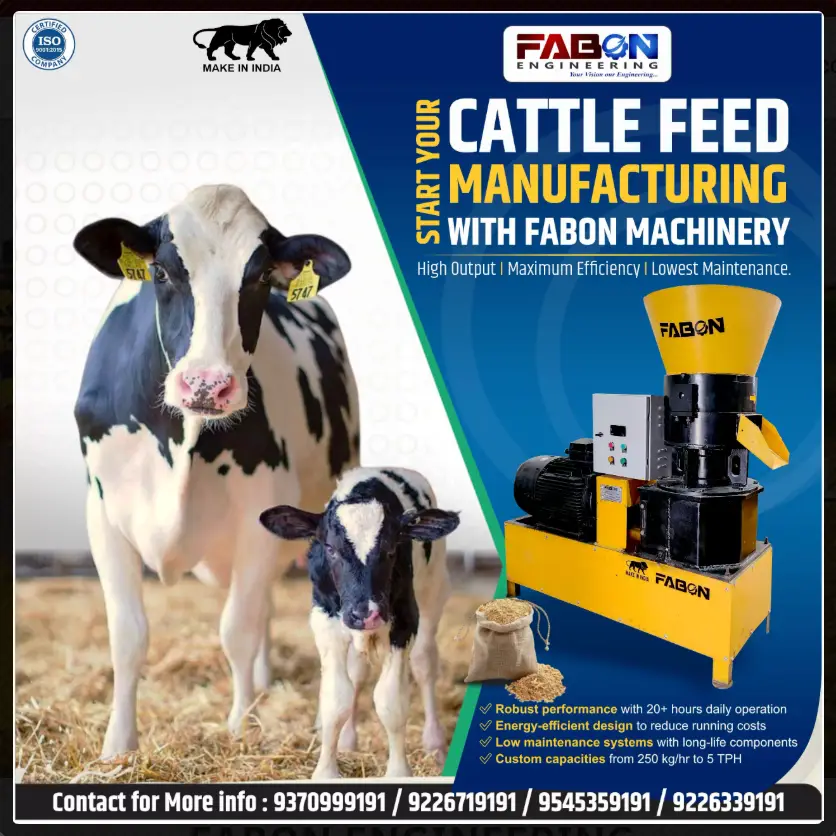Poultry Feed Machine – Complete Guide to Equipment, Ingredients, Cost, and Profitability.
Introduction Poultry farming is one of the fastest-growing agricultural sectors worldwide, and feed quality directly impacts bird growth, egg production, and farm profitability. With rising demand for fresh and hygienic feed, many poultry farmers and entrepreneurs are setting up poultry feed plants to produce their own feed instead of relying on the market. A poultry…
















